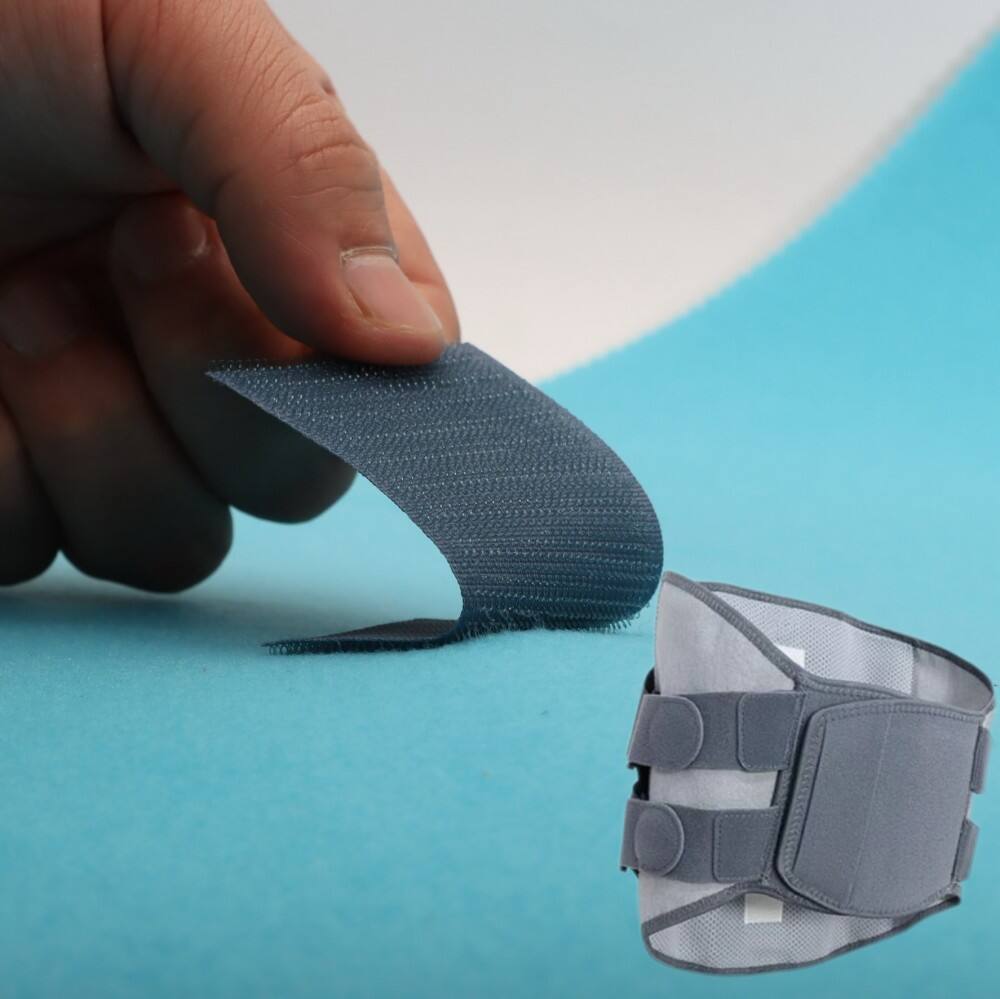Understanding the Role of Laminated Foam Fabric in Automotive Interiors
Enhancing Passenger Comfort in Modern Vehicles
Laminated foam fabric makes a real difference when it comes to how comfortable passengers feel inside cars. We find this stuff all over the place in car interiors these days - think seat cushions, those door panels people lean against, even the headliners above our heads. What makes it work so well? Basically, manufacturers layer different materials together, combining foam with various textiles to create something that feels good but still holds up. The result? Seats that don't lose their shape after years of use but still offer that nice plush feel everyone wants, especially on those long road trips where comfort matters most.
Car manufacturers really like using laminated foam fabric because it helps cut down on those annoying pressure points that make people uncomfortable during long drives. Luxury cars often go one step further by adding extra layers of lamination to create just the right level of cushioning where it matters most across various parts of the seating area. What makes this material stand out is how well it compresses when someone sits down but then bounces back to its original shape over time. This means the seats keep feeling great even after years of use something that premium car buyers definitely notice and appreciate.
Noise Reduction and Acoustic Insulation
Laminated foam fabric helps make rides quieter inside cars because it acts as a sound barrier. Manufacturers put this material in spots where noise tends to build up most - think floors, roof linings, and around doors. The stuff works pretty well at soaking up all those annoying sounds from roads, engines rumbling away, and wind whistling through gaps. When drivers sit in these treated spaces, they notice less background noise bouncing around them. That means passengers can actually hear each other talk without shouting over highway hums or engine growls. Pretty much everyone prefers a calm environment when traveling somewhere, right?
Laminated foam fabric has this cool multilayer setup that actually makes it really good at cutting down on noise. The way it works is pretty neat too - it gets in the way of both air-borne sounds and those annoying structural vibrations that travel through materials. Car makers find this super important for electric vehicles because when there's no engine roaring away, all sorts of other noises start standing out more than they should. That's why we see so many different approaches to foam density and fabric layers these days. Some companies tweak their designs based on what kind of car they're building and who their customers are going to be. Luxury brands might go for extra thick layers while budget models stick to something more basic but still effective against unwanted sounds inside the cabin.
Durability and Visual Appeal in Interior Design
Aesthetic Versatility and Branding
Laminated foam fabric brings more than just practical advantages to the table. Its look can really enhance how spaces feel inside. The material comes in all sorts of different feels, shades, and surface treatments so designers have plenty of options when creating something that fits their brand image or matches a particular cabin style. Think about those bold red accents that scream performance, or maybe sleek surfaces that give off that clean modern vibe. With laminated foam, pretty much any design idea can become reality for someone working on their project.
Additionally, it supports the integration of stitching patterns, logos, and embossed designs that enhance the premium look and feel of interiors. Laminated foam fabric's stability ensures these visual features remain crisp and well-defined over years of use, with minimal risk of wrinkling or delamination.
Resistance to Wear and Environmental Stress
Automotive interiors must withstand high levels of daily use and exposure to environmental stressors such as sunlight, humidity, and temperature fluctuations. Laminated foam fabric excels in this context due to its engineered durability. It maintains structural integrity and colorfastness, even when subjected to repeated friction or UV exposure.
Advanced laminated fabrics are often treated with coatings that resist stains, moisture, and microbial growth. This extends the lifespan of interior surfaces and reduces maintenance needs for vehicle owners. In commercial fleets and shared mobility platforms, this resilience becomes especially valuable.
Practical Considerations in Manufacturing
Process Efficiency and Consistency
Laminated foam fabric offers manufacturers practical benefits in terms of assembly and consistency. Its pre-bonded nature simplifies production processes by reducing the number of separate layers that need to be handled or glued. This translates into faster upholstery cycles and fewer quality control issues.
Computer-controlled lamination processes ensure uniform thickness and adhesion, which are critical for automated assembly lines. The consistent performance of laminated foam also helps in meeting safety and comfort standards across production batches. This predictability is essential in large-scale automotive manufacturing.
Compatibility with Other Materials
Laminated foam fabric works well with lots of different materials and glues, which makes it possible to fit right into all sorts of car interior designs. The material sticks to plastics, metals, and even those composite panels found in modern vehicles without making the bond any weaker. Car designers love this because it gives them room to experiment with things like lighter weight doors or built-in spaces for entertainment systems. Some manufacturers have already started using this tech to cut down on overall vehicle weight while still maintaining structural integrity.
The ability to pair laminated foam with smart textiles or sensor layers further extends its utility in modern vehicles. Features such as heated seats, touch-sensitive panels, or ambient lighting can be embedded into foam-laminated components without compromising functionality or appearance.

Environmental and Regulatory Compliance
Sustainable Material Development
As sustainability becomes a key concern in the automotive industry, laminated foam fabric is evolving to meet environmental standards. Manufacturers are developing foam layers made from bio-based or recycled materials, reducing reliance on petroleum-derived inputs. Textiles used in lamination are also being sourced from recycled PET or organic fibers.
Recyclable laminated foam structures are being explored to support circular economy models. These efforts aim to reduce end-of-life waste and make disassembly easier in automotive recycling facilities. Such innovations align with OEM commitments to lowering carbon footprints and complying with international regulations.
Compliance with Safety Standards
Laminated foam fabric used in automotive interiors must meet strict safety standards for flame resistance, off-gassing, and durability. Material suppliers perform rigorous testing to ensure compliance with FMVSS, ECE, and other regional regulations. Low-VOC foam compositions and odor-neutral adhesives are now common features in laminated fabric systems.
In crash scenarios, laminated foam components can also contribute to occupant protection by absorbing impact energy and reducing sharp edge exposure. Their integration in knee bolsters, door panels, and headrests underscores their role in vehicle safety beyond comfort and aesthetics.
FAQ
What makes laminated foam fabric ideal for automotive use?
Its combination of cushioning, durability, acoustic insulation, and design flexibility makes it well-suited for modern car interiors.
Can laminated foam fabric be customized?
Yes, it can be tailored in terms of thickness, texture, color, and even embossed patterns to match different interior styles.
Is laminated foam fabric environmentally friendly?
More manufacturers are using recycled and bio-based materials to produce eco-conscious laminated foam options.
How does laminated foam fabric enhance safety?
It helps reduce noise, absorb impact energy, and meet flammability standards, all of which contribute to overall vehicle safety.







